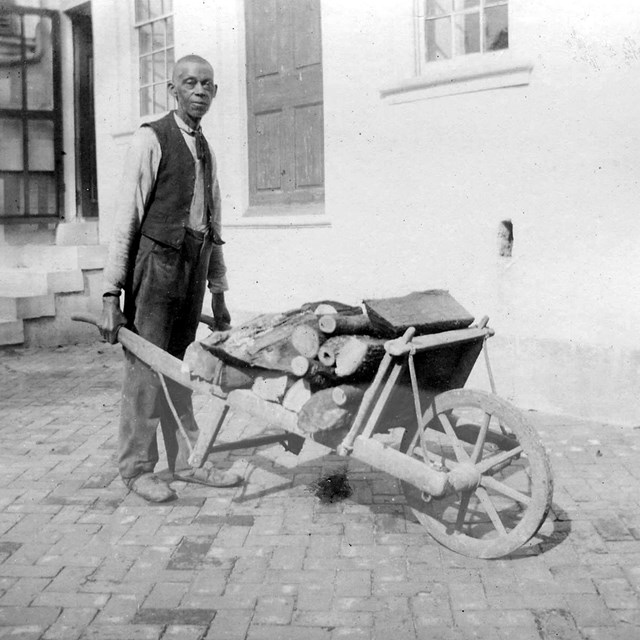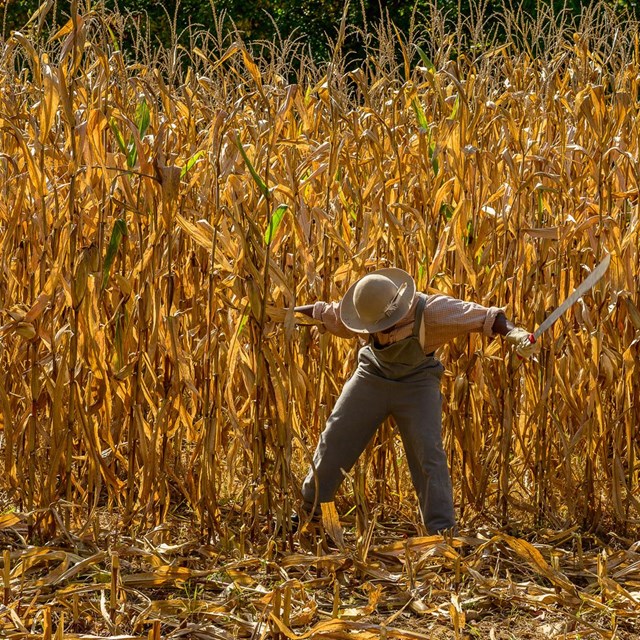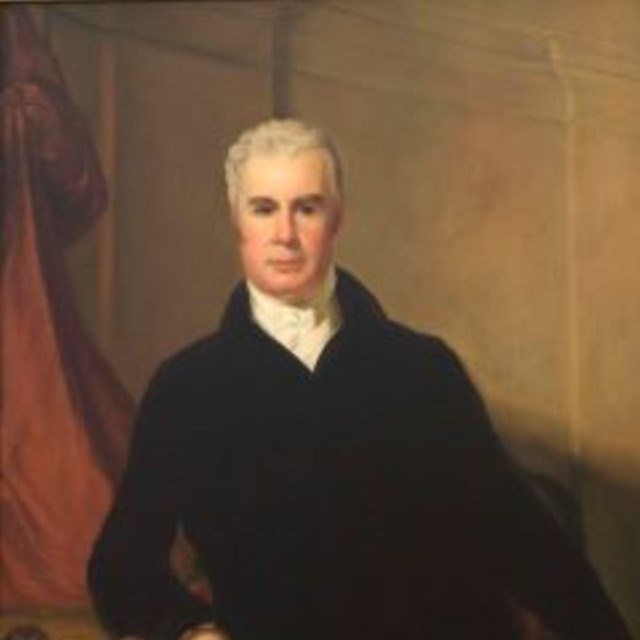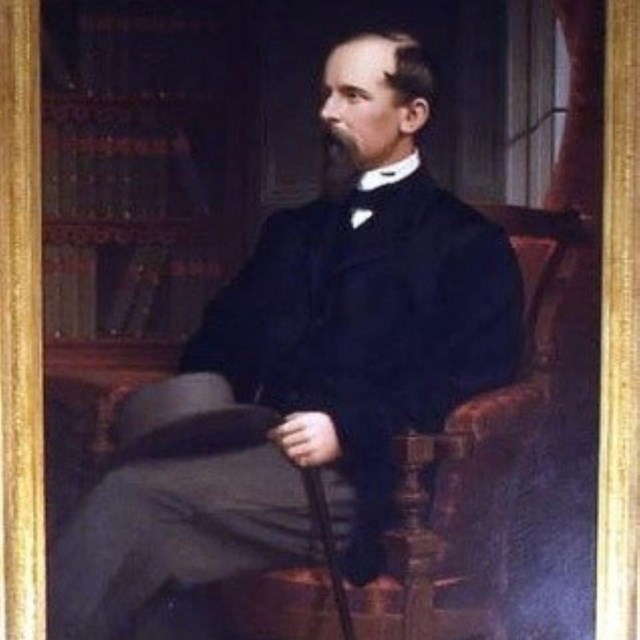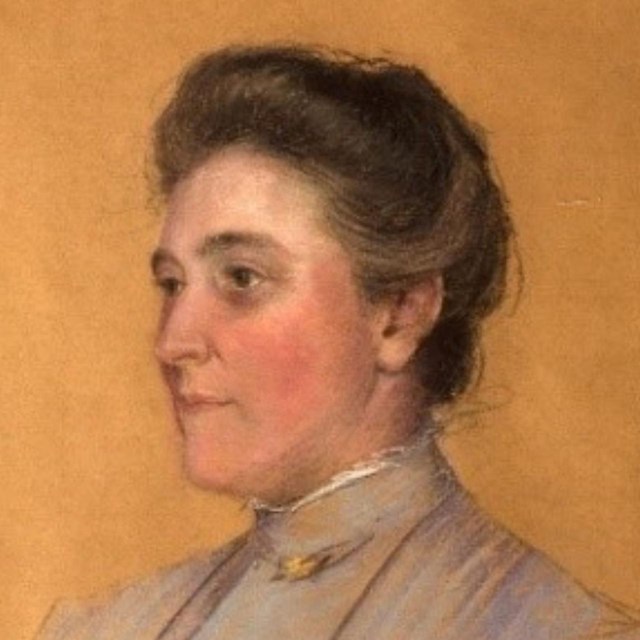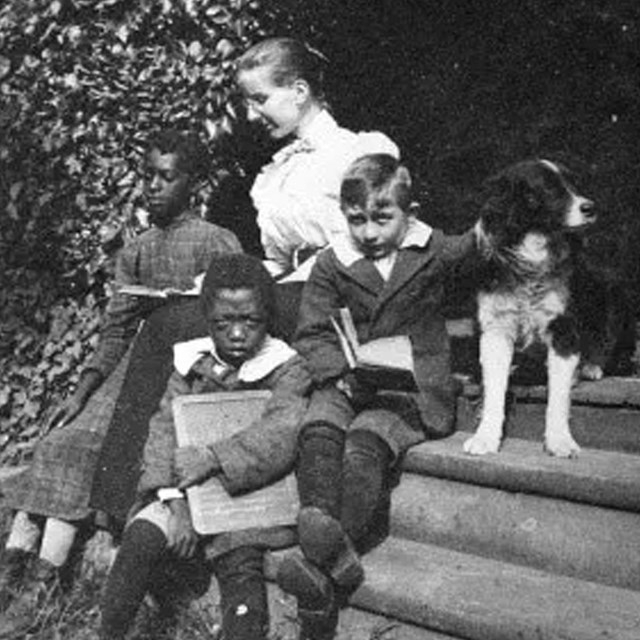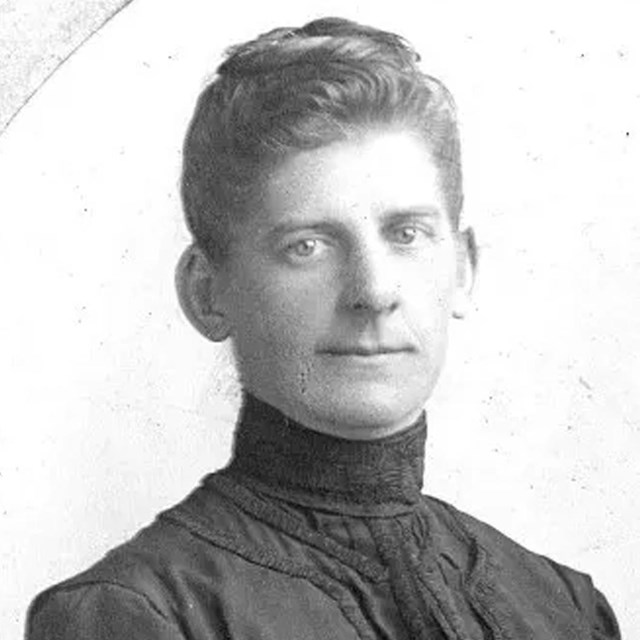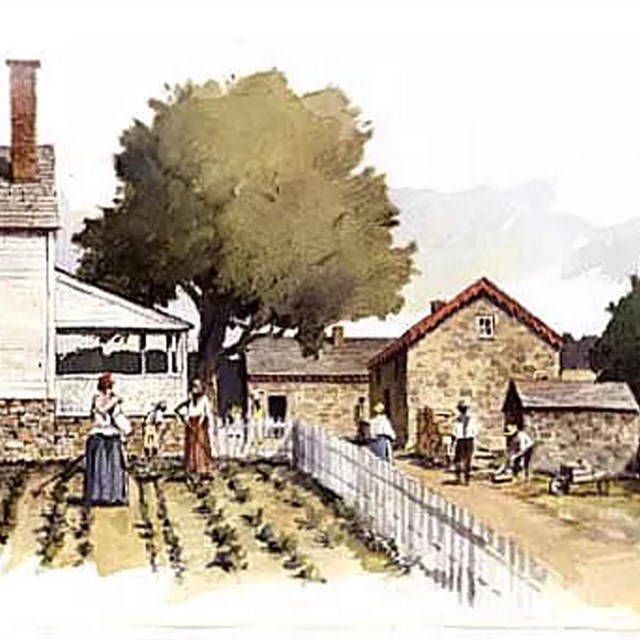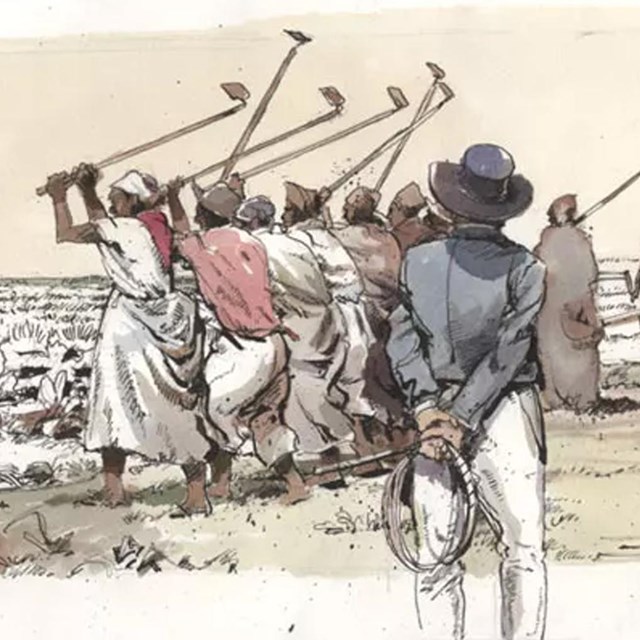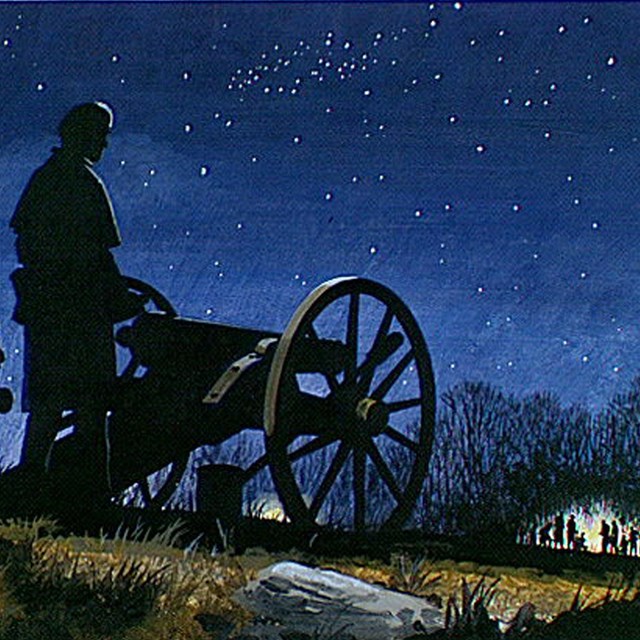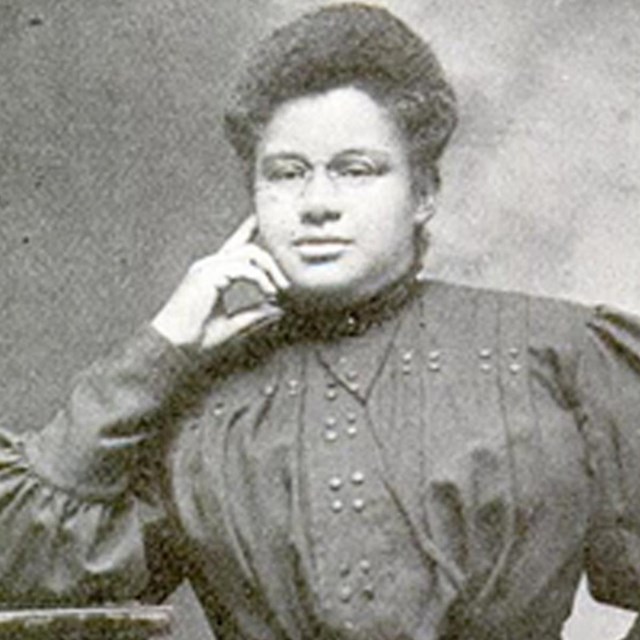
NPS Nancy was born in 1833 at Cowpens Plantation (the farm immediately east of Hampton), the daughter of Ambrose Brown, the Howards’ “old marketman at Cowpens.” The identity of her mother was unknown until discovered through recent Ethnography Study research. Her mother, Polly Batty, had been enslaved by Charles Carnan Ridgely until his death in 1829. Polly Batty had labored, along with several other Batty family members, at the Northampton Furnace. Ridgely’s will manumitted (freed) the enslaved of certain ages, often separating families. When Polly was freed in 1838, Nancy was just five years old. Some members of the Batty family settled in York County, PA, while another branch remained in the Towson area. Because of her age, Nancy could not leave with her mother, but she eventually received her freedom in 1858. 
NPS Nancy had an important influence on one of the Ridgely children that still has an impact today. The youngest of Charles and Margaretta’s children was their third daughter, Margaretta “Margie” (1869-1949). After her mother’s death in 1904, Margie became a missionary in Liberia, West Africa, founding the House of Bethany, an Episcopal school for girls. She credited the influence of Nancy Davis on her decision to help young women in Africa. Nancy travel back and forth between Hampton and town when the family did. Sometimes she is also listed in census records as living in a separate household in town with her husband, Louis Davis. They lived in a four-family house at 37 Orchard Street, Ward 11, Baltimore City. Louis had been a house servant at Hampton as an enslaved person and later worked as a freeman as a coachman to John A. Hambleton in Baltimore City. Although Nancy and Louis Davis had no children, Nancy does have living relatives that descended from one of her younger brothers, Daniel Brown. Dan Brown and his brother Sam both worked at Hampton as paid farm laborers in the 1870s and 1880s. Dan’s daughter Fanny Brown Jackson recalled living at Hampton in her early childhood, and Fanny’s great grandson has now visited Hampton and shared important family documents and information with the Ethnographic Study team. Individuals
Learn More
|
Last updated: September 20, 2024

